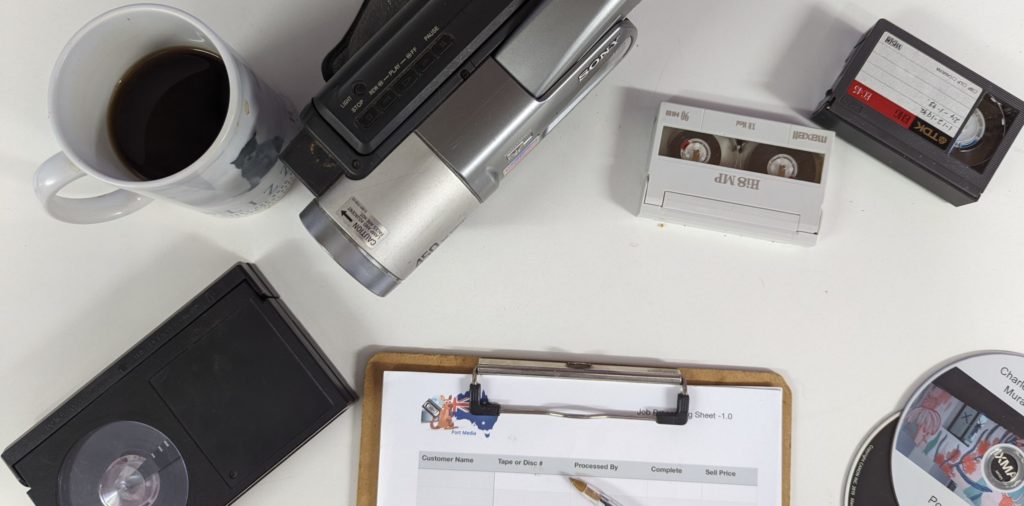As a media enthusiast, you may have come across the name Betacam in your quest for high-quality video recording. Betacam is a video tape format that was introduced in the early 1980s and quickly became the standard for professional video production. In this article, we will take a closer look at the history of the Betacam video tape format and see how it has evolved over time.
Before the introduction of Betacam, the standard video tape format was the U-matic. The U-matic was bulky and had a limited recording time of just one hour. This meant that professional videographers had to carry multiple tapes with them to record events that lasted longer than an hour. The Betacam was introduced as a solution to these shortcomings, and it quickly became the go-to tape format for professional video production.
The Betacam was first introduced by Sony in 1982. It was a compact cassette tape that was capable of recording up to 90 minutes of video. The Betacam was an improvement over the U-matic in several ways. Firstly, it was much smaller, which made it easier to carry around. Secondly, it had a longer recording time, which meant that videographers could record longer events without having to change tapes. And finally, the Betacam had a higher video quality than the U-matic, which made it the preferred choice for professional video production.
The Betacam was an instant hit with professional videographers. The improved video quality and longer recording time made it the ideal tape format for recording events such as weddings, concerts, and sports games. In addition, the Betacam was also used for news gathering, as it allowed reporters to quickly record and transmit footage back to the newsroom.
Over time, the Betacam evolved into several different formats. In 1986, Sony introduced the Betacam SP (Superior Performance), which was an improvement over the original Betacam. The Betacam SP had a higher video quality and was capable of recording up to 30 minutes longer than the original Betacam. The Betacam SP quickly became the standard for professional video production and was used by television networks, film studios, and video production companies around the world.
In the early 1990s, Sony introduced the Digital Betacam format, which was a digital version of the Betacam. The Digital Betacam had even higher video quality than the Betacam SP and was capable of recording up to 124 minutes of video. The Digital Betacam was used for high-end video production, such as feature films and commercials.
In conclusion, the Betacam video tape format revolutionized professional video production in the 1980s and 1990s. Its improved video quality, longer recording time, and smaller size made it the ideal tape format for recording events and news gathering. The Betacam evolved into several different formats over time, with the Betacam SP and Digital Betacam being the most popular. While the Betacam is no longer in use today, it paved the way for modern video recording technology and will always be remembered as a trailblazer in the world of professional video production.

